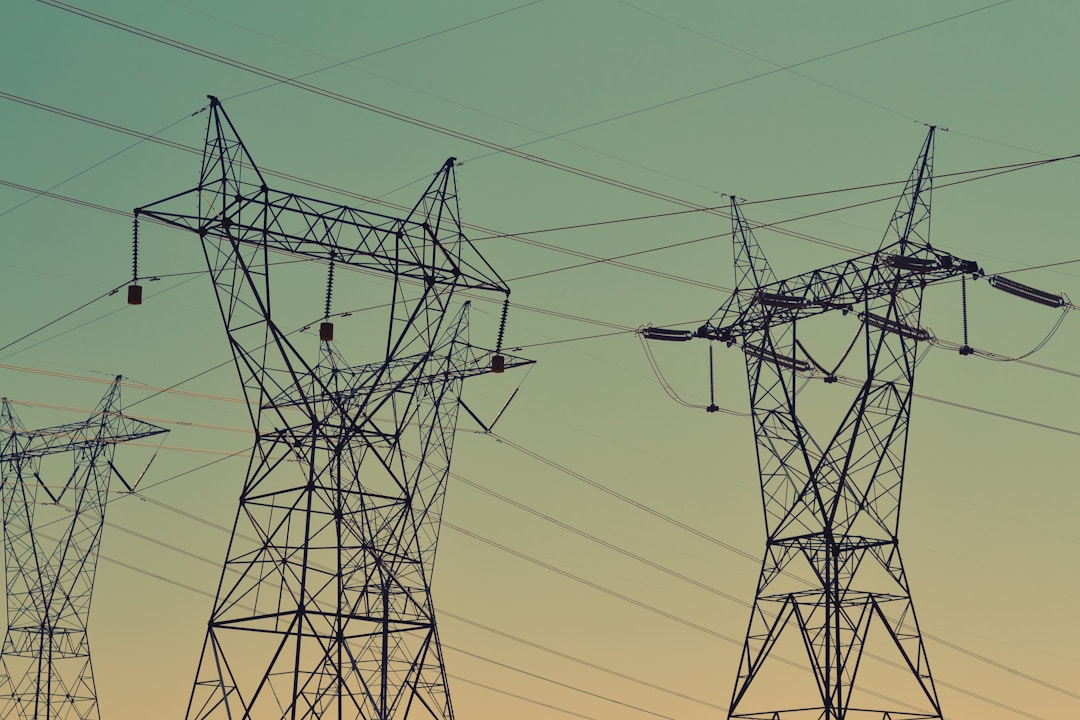Businesses and homes in the United States consume a great deal of energy. Whether it’s coal, electricity, or even solar energy, people utilize these sources of energy to live their daily lives. There are many energy companies across the country, ranging from natural gas providers in Newark, NJ to electricity providers in Los Angeles, CA. In 2018 alone, the total United States primary energy consumption amount was approximately 101 quadrillion British thermal units (BTU). Worldwide, this percentage accounted for approximately 4% of the world’s total energy usage.
One business that specializes in the distribution of such energy (electricity) is energy retailers. These retailers are also known as competitive retail electric providers (CRES). These companies provide energy users with other options for purchasing power wholesale from gathering facilities. Energy retailers act as the final step in the electricity delivery process and also handle the final sale of electricity from generation to the end-use consumer. Today, we’ll take a look into how energy retailers operate, as they deliver energy all across the United States to the existing clients and new customers who need it. We’ll do this by focusing on the tools which these companies need to operate.
Energy Retailer Office Technology

Computer software is key for helping any business succeed. Technology has gotten to a point where if you aren’t “tapped” into the many tech advancements which now exist, your company is doomed for failure. Gone are the days when the fax machine was the most advanced tool in a company’s arsenal. Gone are the days when floppy disks kept workers hypnotized by their software storing prowess. Software, hardware, and office equipment technology have jumped forward 100 times further than these earlier iterations.
Highlighting how energy retailers operate includes focusing on the software which they utilize. This includes accounting software, time tracking software, website building software, and communication software. One form of commonly used communication software these companies use is Quixotic 360. This software acts as a SaaS platform for energy retailers. They focus on communication with the utility company when it comes to everything related to processing, automating the generation and exchange of XML files in a bidirectional and end-to-end manner.
Quixotic 360 also provides users with a single repository of information, integration with third-party companies, real-time processing reports, and file processing. Utilizing such technology helps to keep an energy retailer functioning at its most peak ability. As we’ve seen with the recent snowstorms across the United States, this is crucial to keep people’s electricity functioning.
Storage Facilities
As mentioned before, winter storms have a tendency to batter many parts of the United States. Ranging from areas like Newark, NJ to Austin, TX, wintry weather can play havoc with many energy-utilizing clients. When this happens, and electricity goes down, many energy retailers rely on portable generators to provide electricity to many hard-hit areas. In some cases, these generators are kept offsite at storage facilities. For example, utilizing these extra storage units in Clifton, NJ, and in other cities spread across the state of NJ that an energy retailer operates, can help them to provide much-needed service to affected clients.
Portable generators are sizeable machines, but often, self-storage units have the square feet needed to store these machines. These storage units can even go large enough to store RV’s and campers, so they can also accommodate a portable generator or two. In addition to providing extra storage space for portable generators, additional retail energy vehicles can be stored in such locations. As mentioned before, these locations can store vehicles like campers in a climate-controlled, and mold-free environment. Having extra space for energy retailer trucks or cars can also help in the case of a statewide emergency.

